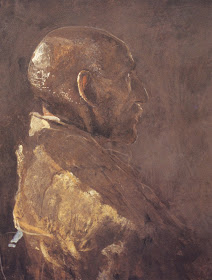 |
At last week's San Diego Comic-Con, collectors with the foresight to preserve their comics in mint condition reaped huge economic benefits. Comic books that had been hermetically sealed, unread, in climate controlled environments sold for hundreds of times the price of battered, well read comics.
Still, I'm baffled by those who moaned, "if only I had kept my comics in mint condition I could be rich now."
I've never seen any comic book, no matter how perfect its condition, sell for enough to buy back those missed hours spent reading comics under a shady tree during our childhood.
In fact, as we become older and richer, and our pleasures become more complex, that youthful form of ecstasy slips further and further away. Its distance in the rear view mirror seems to increase exponentially in proportion to the value of the car we are driving. We can't take it with us, even in that Mint 10.0 copy of Detective Comics no. 27 vacuum sealed in a lucite block on the front seat next to us.
Still, you have to respect the fact that people collect comic books, like they collect other art, for all kinds of reasons. I took good care of my own comics because I respected their magic pictures and stories and wanted to visit them again and again. Today they are no longer in mint condition but they do have the additional glow that all things acquire from being seasoned by love over a long period of time.
I was particularly interested by the numerous comics "business services" at Comic-Con. Rating and scoring experts. Insurers. Appraisers. MacroEconomic consultants. Technical experts promising to fit your comic book "inside an archival-quality interior well, which is then sealed [through a combination of compression and ultrasonic vibration] within a transparent capsule" where you can no longer see the drawings.
This may make economic sense for some. For me, the best economist remains the great Ralph Waldo Emerson who said, "economy does not consist in saving the coal but in using the time while it burns."






















